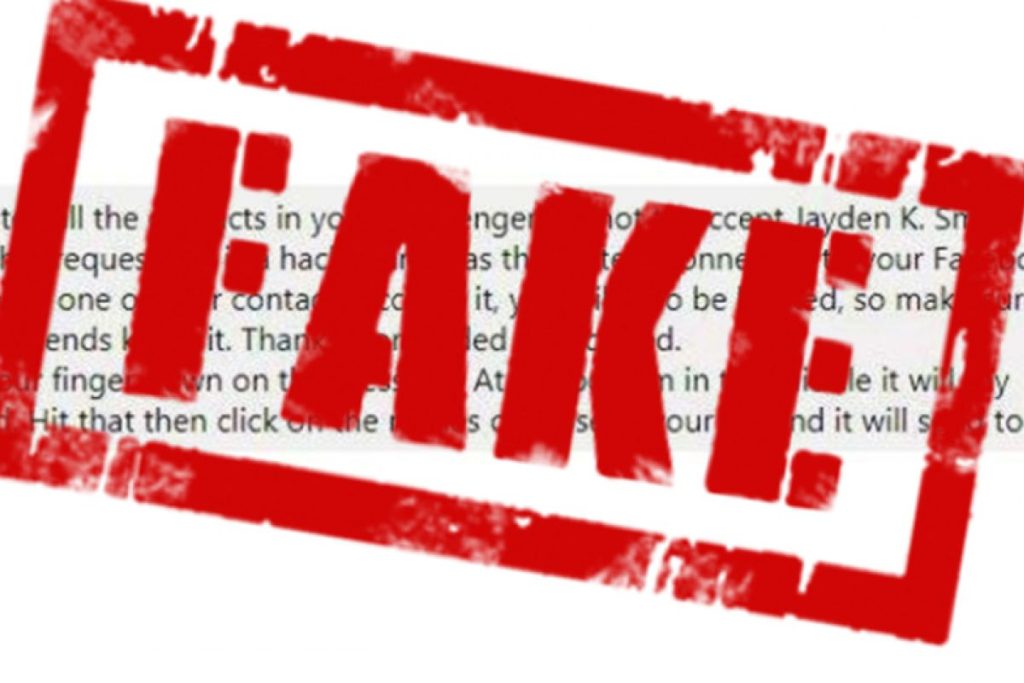The Rising Tide of Fake News: A Threat to Truth and Democracy
In today’s interconnected world, the proliferation of fake news poses a significant challenge to the integrity of information and the very foundations of democratic societies. Former Estonian President Toomas Hendrik Ilves aptly highlights the economic disparity: fabricating falsehoods is cheap, while producing genuine journalism is a costly endeavor. This asymmetry contributes to the deluge of misinformation flooding social media platforms, making it increasingly difficult for the public to discern truth from fiction. This article delves into the nature of fake news, its impact, and the crucial role of digital literacy in combating its spread.
Fake news, as defined by Merriam-Webster, is simply news that is false. Cambridge Dictionary elaborates, describing it as fabricated stories masquerading as news, often disseminated online to manipulate political opinions or for malicious amusement. Distinct from fake news, a hoax is a deliberate deception aimed at a large audience, frequently serving as the raw material from which fake news is crafted. In essence, fake news is false information already presented as news, while a hoax is the fabricated precursor that can evolve into fake news. This distinction, while subtle, is crucial in understanding the mechanics of misinformation.
Combating this digital deluge necessitates a multi-pronged approach. M. Arief Iskandar, head of ANTARA News Agency’s hoax-prevention unit (JACX), emphasizes the importance of verification. A simple Google search, cross-referencing information with reputable news sources, can often debunk false narratives. He cites the case of a false rumor regarding the death of former Malaysian Prime Minister Mahathir Mohamad, quickly dispelled by official social media activity and his public appearance. This underscores the power of readily available tools in verifying information. News organizations, bound by ethical codes and professional standards, play a critical role in this process.
The fight against fake news, however, extends beyond mere fact-checking. News outlets grapple with the increasing sophistication of fabricated content, including deepfakes – convincingly altered images or recordings that misrepresent individuals. Iskandar notes the existence of applications designed to detect AI-generated content, but accessibility remains a challenge. Once again, reliance on established media outlets provides a crucial safeguard. Their rigorous fact-checking processes and commitment to journalistic integrity offer a vital defense against manipulated media. ANTARA’s JACX unit, processing hundreds of potential hoaxes annually, exemplifies this commitment to truth and accuracy.
Crucially, the battle against fake news requires public engagement. Digital literacy, defined as the ability to locate, evaluate, and disseminate information through digital platforms, becomes a critical skill in the 21st century. Iskandar stresses that while media organizations bear responsibility for accurate reporting, individuals must also cultivate a critical mindset. Blind faith in social media content is a recipe for deception. A healthy skepticism, coupled with the willingness to verify information from multiple sources, empowers individuals to navigate the digital landscape responsibly.
The pervasive nature of fake news makes everyone a potential target, irrespective of education or social standing. As Iskandar points out, even highly educated individuals can fall prey to misinformation if they lack critical thinking skills. This highlights the importance of incorporating digital literacy education into all levels of learning, equipping citizens with the tools to discern credible information. The fight against fake news is not solely the responsibility of media outlets or fact-checking organizations; it is a collective endeavor requiring active participation from every member of society. Only through a combination of rigorous journalistic practices, technological advancements in detection tools, and widespread digital literacy can we hope to stem the tide of misinformation and protect the integrity of information in the digital age.
The escalating threat of fake news demands a concerted global response. International collaboration among news organizations, tech companies, and governments is essential to develop effective strategies for identifying, flagging, and removing harmful content. Furthermore, legal frameworks may be necessary to address the malicious creation and dissemination of fake news, balancing the need for accountability with the protection of free speech. The fight against fake news is not merely a technical challenge; it is a battle for truth, trust, and the future of informed democratic discourse. The stakes are high, and the time to act is now.


